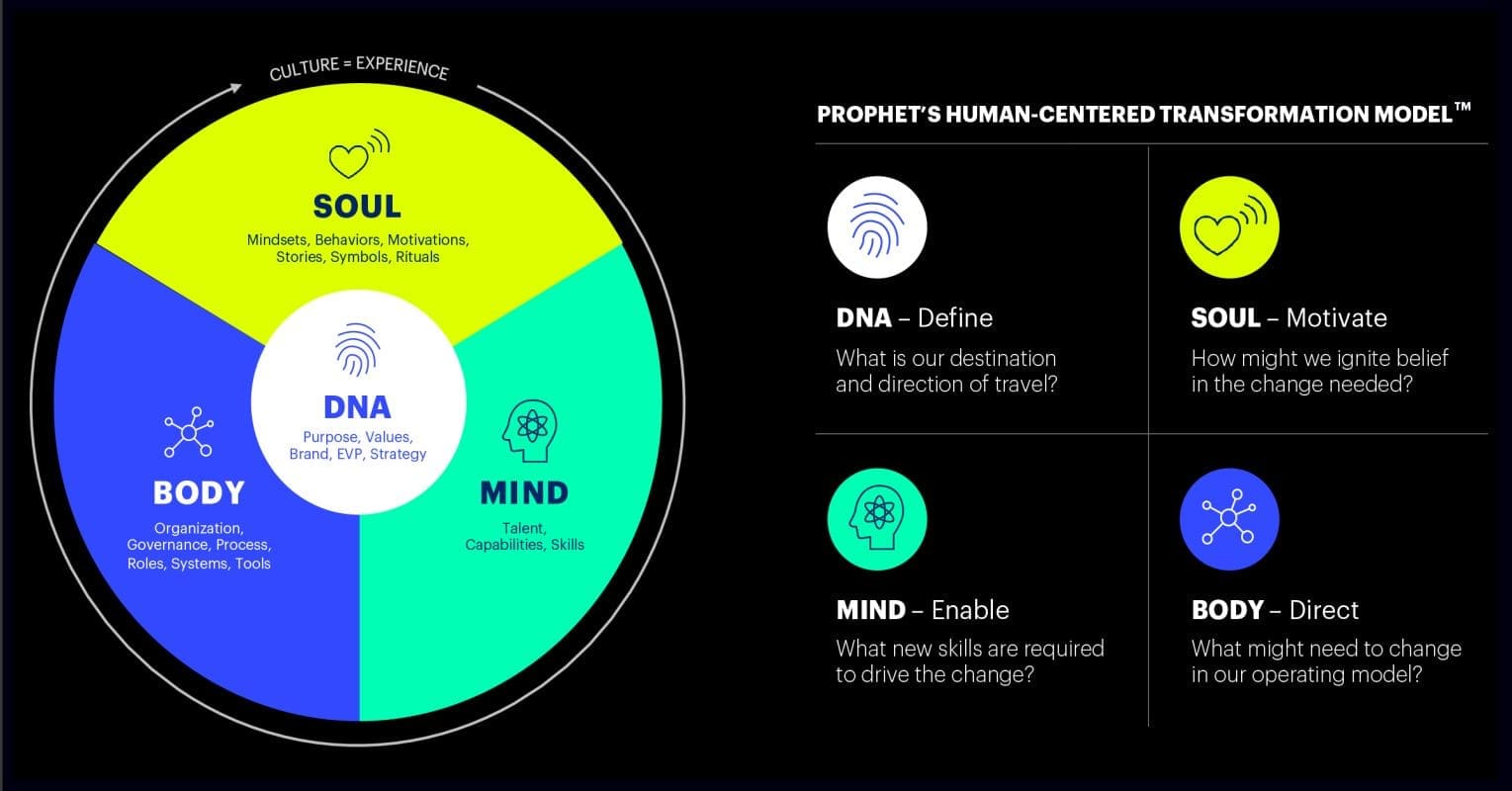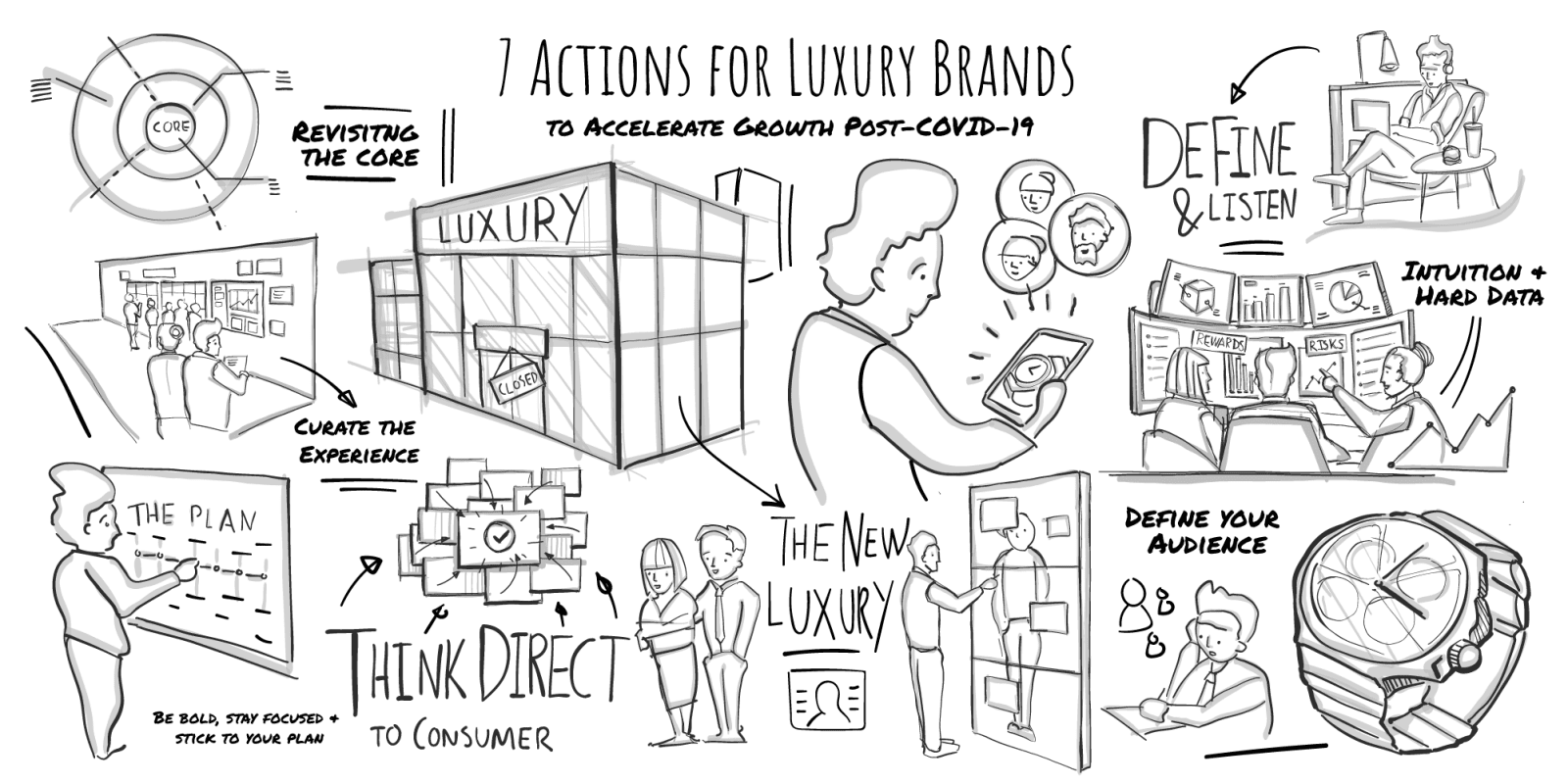BLOG
The Human Need for Shared Spaces
The human need for shared spaces
As businesses welcome people back after months of fear and uncertainty, nearly all have been forced to think differently about their “shared spaces.” For all the anxiety about the details, (Are we opening too soon? Too slow?) there’s an undeniable joy, too. People want to be together.
“I don’t know when it will be safe to return,” wrote musician Dave Grohl, in a recent Atlantic Monthly essay about the return of live concerts. “But I do know that we will do it again, because we have to. It’s not a choice. We’re human…we need each other.”
Businesses know this is true. And in amazingly short order, they’re figuring out the safety protocols, redesigning experiences for physical distance and better sanitation. But the post-pandemic reopening is offering the opportunity for something much bigger: A complete reimagining of these spaces, a reset of their purpose, a shift to in their development and, most of all, a new standard for trust.
The smartest companies are asking how they can use this moment not just to reignite, but also to accelerate the transformation that was in front of them even before the crisis. Doing so requires a teardown of current thinking, with great sensitivity to the many ways the world has changed. These leaders aren’t waiting around for “the new normal.” They are looking ahead to what some are calling “New Possible.”
Purpose: Finding meaning in shared spaces
From retailers and restaurants, to hotels and hospitals, the best practices for sanitation, hygiene and crowd density become clearer every day. Many organizations are making customers and employees protection from illness their highest priority. But now that doors are opening, what’s missing is the bigger issue of purpose, and why these spaces exist at all.
Their function is obvious. Everyone knows what people do at airports, theaters and sushi bars. But that’s not the same as understanding purpose. These places exist to connect, inspire and nourish us, to feed our larger need to be with others. It’s what we feel in these spaces, not what we buy there. Companies need to take this moment to reimagine the potential of shared spaces to fill these deeper needs.
Office buildings are a good example. Initially designed as a place for productivity, architects typically devoted 70 percent to productivity-focused areas and 30 percent to collaboration spaces, such as conference rooms and teaming rooms. Now that we know people can be productive anywhere, offices need a new purpose and perhaps a different allocation of space. Are they centers for occasional collaboration? Are they places where coworkers can bond and support each other?
Service design: Empathy-driven innovation
Increasingly, companies are viewing shared spaces with an eye toward service design, which means treating space as a tool to make lives easier for those who use them. They’re developing new experience principles, and aligning those with overall business strategy.
That includes physical innovations to make layouts, interiors, materials, fixtures, furnishings and equipment work together to deliver effective yet safer interactions. New spaces will be easier for employees to sanitize, and built in a way that this cleanliness is evident to worried customers.
Digital tools in physical spaces play an enormous role. These include no-touch operations, such as motion actuation, facial recognition, voice activation and gestural interfaces. Mobile devices are emerging as a critical component, allowing for seamless experiences within a physical space, developing “sensing” capabilities and user-data capture to track behaviors for better and safer operations.
Some of these innovations are small, obvious and even quick, like foot-activated doors. Others require major mind shifts and soon, new buildings. As health experts learn more about air quality and its role in disease transmission, for example, heating, ventilation and air conditioning are no longer architectural afterthoughts. They’ll become key considerations in new design.
Trust: Re-earning confidence
When it comes to shared spaces, nothing is as important as trust. People need to feel that they can count on the companies they deal with to keep them safe when they venture out–including protecting them from people who might be less concerned with physical distancing than they are.
Foundationally, people build relationships with brands through trust. In recent years, that’s focused on brand quality. But today, trust is measured by how the company did or did not respond to the crisis, or how it is restarting. People are asking: Do I trust this airline to keep me safe? This shoe store?
This won’t be easy, especially since many companies have already broken this trust, and continue to do so. Those that can regain customer confidence by offering safety and consistency will find themselves more relevant than their competitors.
Creating a culture of care
All three of these–purpose, service design and trust–require companies to lead with radical empathy, creating spaces where humans feel safe, respected and happy.
It calls for a culture of care. This need for empathy is profound, based on the knowledge that even as many people long to be back in shared spaces so they can feel more human, many are also frightened.
Cultural care becomes a key ingredient. Germ control and crowd management may be essential, but if handled too aggressively, they can seem hostile and unfriendly. And that can interfere with the elements of hospitality, warmth and sanctuary people crave in public spaces.
With that in mind, companies can approach every decision about physical space through these three lenses:
START: What new functions, services or physical elements should the space contain that are not part of the current design?
STOP: What functions, services or physical elements of the current model should no longer be part of the experience?
CONTINUE: What functions, services or physical elements of the current model should be kept as part of the experience?
FINAL THOUGHTS
Companies must remember that what matters is the experiences people have in these spaces. People will remember what companies do, not what they say, no matter how many “We’re in this together” signs they hang. The old saying “actions speak louder than words” is truer than ever.
Are you interesting in redesigning your shared spaces so your business can achieve uncommon growth tomorrow and into the future?
Related Thinking
Brand Equity – Brand Value_1_A













